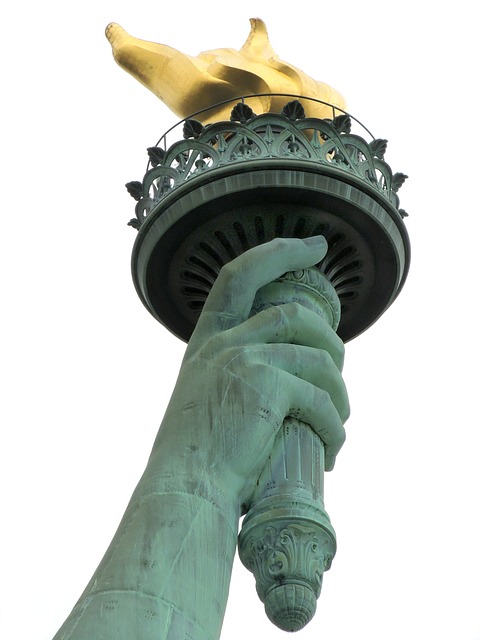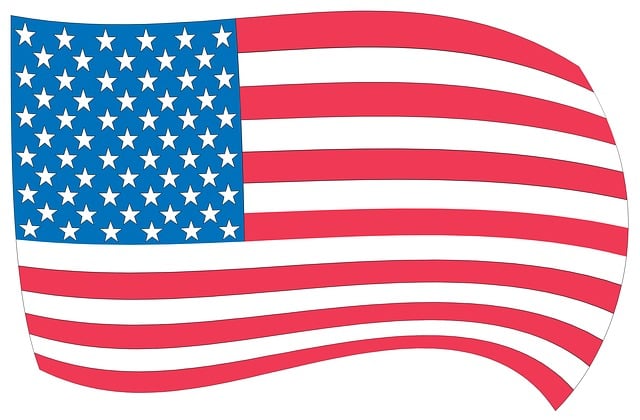The 20×30 American Flag, adhering to official U.S. government specifications and with a 1:2 ratio, is a powerful representation of national unity and pride, prominently displayed at key government sites across the United States. It embodies core values such as liberty, justice, and democracy, reinforcing these foundational principles and serving as a physical manifestation of the collective identity shared by Americans. This flag adheres to strict design guidelines and display protocols outlined in the Federal Flag Display Code, including the use of high-quality materials and precise coloration as specified in U.S. Code Title 4, Chapter 1. The dimensions, particularly the hoist length, are critical for maintaining visual integrity. Historically, these large flags have been iconic fixtures at civic spaces, evolving to become more durable and visible, and have played a significant role in national events, uniting citizens and serving as a backdrop for key ceremonies. The 20×30 American Flag is not just a symbol but an integral part of the nation's social fabric, signifying the inclusivity, unity, and shared commitment to American values.
The imposing presence of a 20×30 American Flag atop major government buildings across the nation serves as a powerful symbol of national identity, pride, and unity. This article delves into the significance behind this specific flag size, its design specifications and protocols for proper display, the historical context that led to its prominence in civic spaces, and its role in fostering civic engagement and a shared sense of national belonging. Join us as we explore the profound impact and rich history encapsulated within the 20×30 American Flag, an emblem that transcends mere decoration to become a cornerstone of America’s collective identity.
- The Symbolic Significance of the 20×30 American Flag at Government Buildings
- Design Specifications and Protocols for Displaying a 20×30 American Flag
- Historical Context and Evolution of Large Format Flags in Civic Spaces
- The Role of the 20×30 American Flag in National Identity and Civic Engagement
The Symbolic Significance of the 20×30 American Flag at Government Buildings

The 20×30 American Flag, a proportionally sized emblem reflecting the official specifications set forth by the U.S. government, holds deep symbolic significance when displayed at major government buildings across the nation. This flag, whose dimensions adhere to the ratio of 1:2, is a powerful representation of national unity and pride. It serves as a visual testament to the values upon which the United States was founded—liberty, justice, and democracy. Each time it flutters above a government building, it reminds citizens and visitors alike of the country’s enduring commitment to these principles. The flag’s prominent display underscores the government’s role as a custodian of these values, providing a tangible link between the citizenry and their representatives. Moreover, the 20×30 American Flag at these locations is not merely a symbol but an active participant in the nation’s civic life, fostering a sense of collective identity and belonging among the populace. Its presence is a daily affirmation of the shared heritage and aspirations that bind the American people together in diversity and unity.
Design Specifications and Protocols for Displaying a 20×30 American Flag

20×30 American flags, when displayed at major government buildings, adhere to specific design guidelines and protocols that reflect the dignity and respect due to the symbol they represent. The Federal Flag Display Code of the United States provides detailed instructions on the proper display of the flag. A 20×30 American flag should be made of durable materials, with sturdy wooden or aluminum poles, ensuring it can withstand various weather conditions without damage to its integrity. The flag’s fabric should be a rich shade of red and blue, capturing the exact hues as described in U.S. Code Title 4, Chapter 1, which mandates that the union (top left corner) features white stars on a field of deep blue, while the stripes are seven red alternating with six white. The flag’s dimensions, specifically its 20×30 size, should be consistent with the hoist (vertical side) extending precisely 14 feet or exactly one-third the length of the flying surface when the flag is unfurled on a staff in windless weather conditions. Protocols dictate that the flag must never touch the ground or any object as it is raised or lowered, and when displayed at night, it should be properly illuminated with a light whose color does not distort the flag’s colors. These protocols ensure that the 20×30 American flag is displayed in accordance with the nation’s traditions and reverence for this enduring symbol of freedom and unity.
Historical Context and Evolution of Large Format Flags in Civic Spaces

Large format flags, such as the iconic 20×30 American flag, have long served as a symbol of national identity and pride in civic spaces. These grand displays of patriotism have deep historical roots, tracing back to the early days of the United States when large flags were used to signal gatherings or important events. As the nation grew and evolved, so too did the use of these flags. They became a staple in public arenas, marking government buildings, memorials, and monuments as spaces of collective identity and shared values.
Over time, the evolution of large format flags has been marked by advancements in materials and design, allowing for greater durability and visibility. The 20×30 American flag, a specific iteration of this symbol, was particularly influential during significant historical moments, serving as both a unifying emblem and a backdrop to national ceremonies and celebrations. Its presence in civic spaces has not only been a testament to the country’s values but also an enduring beacon for citizens and visitors alike. The large scale of these flags ensures that they are visible from afar, making them a powerful visual statement that continues to resonate with the American public, reflecting the nation’s history, diversity, and unity.
The Role of the 20×30 American Flag in National Identity and Civic Engagement

The 20×30 American Flag, with its proportions mandated by the United States federal law, serves as a powerful symbol of national identity and pride. This specific size and aspect ratio have become synonymous with the values that the flag represents, including liberty, justice, and democracy. Its widespread display on major government buildings across the nation is a tangible expression of civic engagement, reinforcing the collective identity of Americans. The prominence of these flags on public edifices not only signifies the presence of the United States government but also invites citizens to partake in the democratic process and to reflect on the shared history and ideals that bind the nation together.
Moreover, the 20×30 American Flag is a visual testament to the unity and cohesion of the American people. Its presence is a daily reminder for both residents and visitors of the principles upon which the country was founded. As a symbol that transcends political affiliations, it fosters a sense of belonging among diverse populations, encouraging participation in civic life and reinforcing the collective commitment to the values the flag represents. The flag’s role is not merely ornamental but is integral to the fabric of American society, serving as an emblem of inclusivity and shared values.
